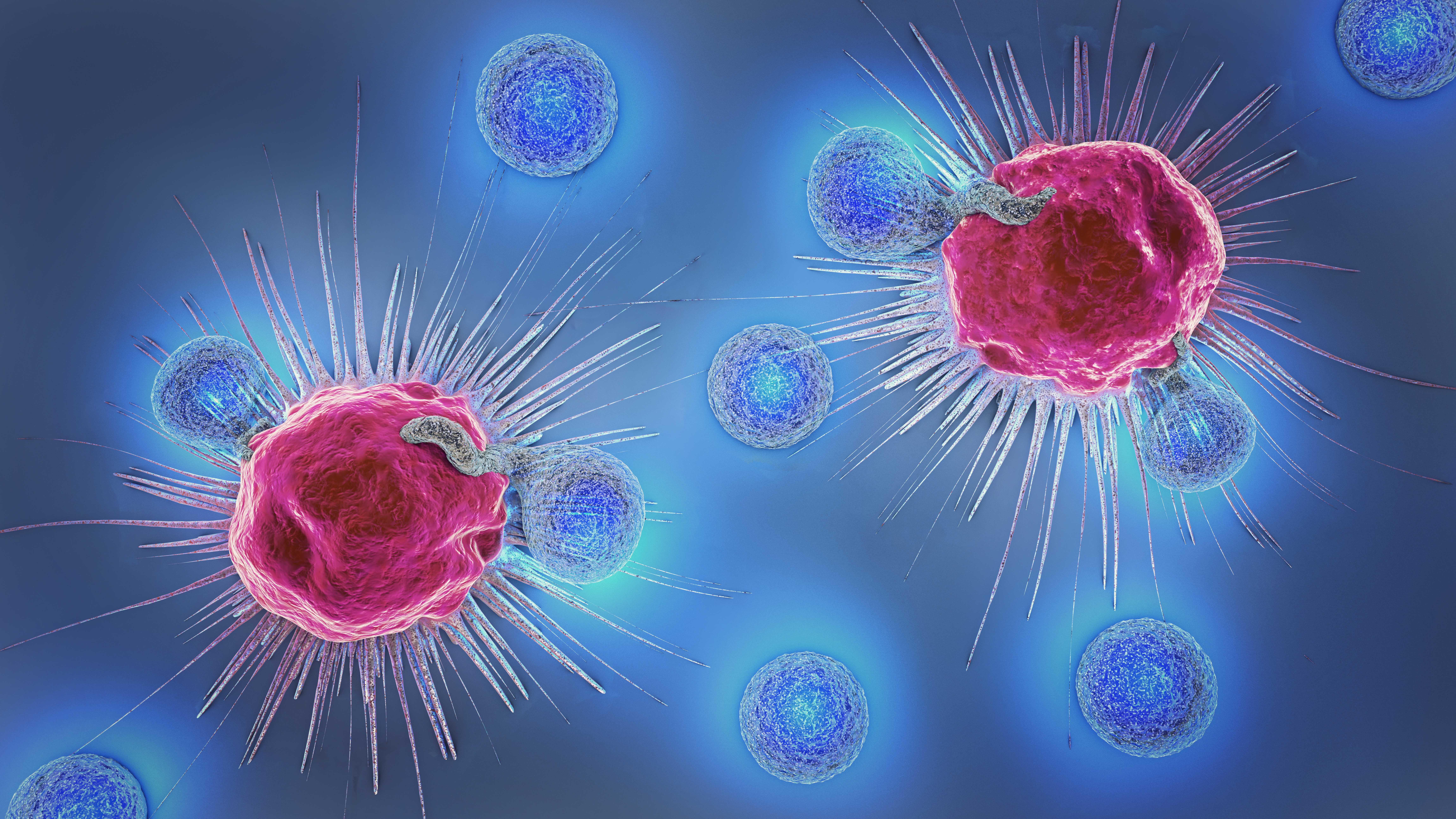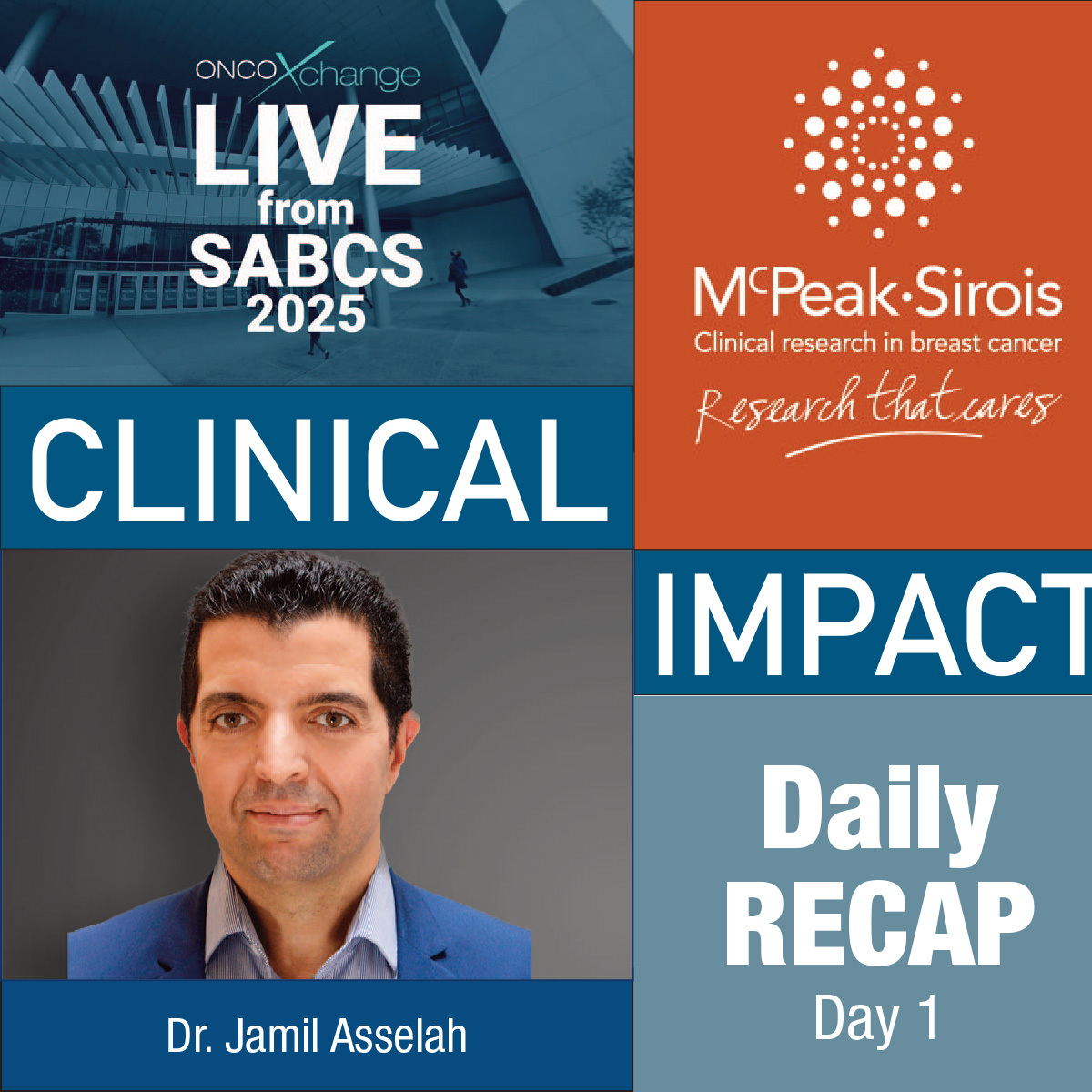
ESMO highlights in early-stage breast cancer: Utility of TILs, gene expression signatures, and more
October 2019
Wayne Kuznar for oncoXchange
The utility of assessing the tumor microenvironment and genomic biomarkers to identify or predict which patients are likely to respond to therapy.
Highlights in early stage breast cancer presentations at the 2019 ESMO Congress included the utility of assessing the tumor microenvironment and genomic biomarkers to identify or predict which patients are likely to respond to therapy, according to Wolfgang Janni, MD, from Universitätsfrauenklinik, Ulm, Germany.
Proffered papers of interest in early breast cancer follow:
The prognostic utility of tumor-infiltrating lymphocytes (TILs) in early-stage triple-negative breast cancer (TNBC) not treated with adjuvant chemotherapy.
The first paper Janni mentioned was a pooled analysis of four cohorts by Park et al assessing the prognostic utility of tumor-infiltrating lymphocytes (TILs) in early-stage triple-negative breast cancer (TNBC) not treated with adjuvant chemotherapy. In this analysis, 5-year overall survival (OS) in a group with stromal a percentage of TILs in the stroma ≥30% was 88%. In patients with stage 1 tumors and TILs ≥30%, 5-year OS was 98%.
“This might be a future tool to identify TNBC patients with very early disease to omit chemotherapy,” said Janni.
“In my view, in the era of neoadjuvant chemotherapy, it’s only applicable to a small number of patients but for these patients it actually might be relevant.”
Fernandez-Martinez et al examined the predictive and prognostic value of B cell gene expression signatures in a cohort of 250 patients with HER2-positive breast cancer who were enrolled in the CALGB 40601 clinical trial.
They found that B cell receptor diversity metrics and an IgG signature had predictive value, and the IgG signature also had prognostic value. Next to p53 mutations, the IgG signature was independently associated with pathologic complete response (pCR). Of >600 gene expression signatures tested as biomarkers, five immune-related genomic biomarkers were predictive of higher pCR and better event-free survival.
A secondary analysis from TAILORx, a four-arm study in which clinical outcomes in chemotherapy-treated patients were examined according to the OncotypeDx recurrence score, were presented by Sparano. No benefit to chemotherapy added to endocrine therapy (ET) was observed in patients with an intermediate-risk 21-gene recurrence score. In the high-risk patients who received adjuvant chemotherapy in addition to ET, clinical outcomes in TAILORx were superior to the expected clinical outcomes with ET alone, as estimated from patients with a similar risk score enrolled into the NSABP B20 clinical trial. Patients who received chemotherapy in addition to ET in TAILORx had a 5-year distant recurrence-free interval of 93.0% compared with an expected 78.8% with ET alone, and at 9 years, these rates were 86.8% vs. 65.4%, respectively. The data provide “a strong argument in favor of using chemotherapy in high-risk patients,” said Janni.
An update of the KATHERINE study (Untch et al), which randomized patients with HER2-positive breast cancer who did not achieve pCR after neoadjuvant therapy to trastuzumab or trastuzumab emtansine (T-DM1). At 3 years, the rates of invasive disease-free survival were 88.3% in the T-DM1 arm compared with 77.0% in the trastuzumab arm (P<0.0001). “One of the clinical challenges we face with T-DM1 in the post neoadjuvant setting is peripheral neuropathy and thrombocytopenia,” said Janni. Baseline neuropathy was associated with a longer duration and a lower resolution rate of treatment-associated peripheral neuropathy. The incidence of peripheral neuropathy was similar within each treatment arm, irrespective of the type of neoadjuvant taxane received. Prior platinum was associated with a higher incidence of thrombocytopenia in the T-DM1 arm, but the median duration and resolution rate of grade 3-4 thrombocytopenia were similar irrespective of prior platinum therapy.

Comments (0)